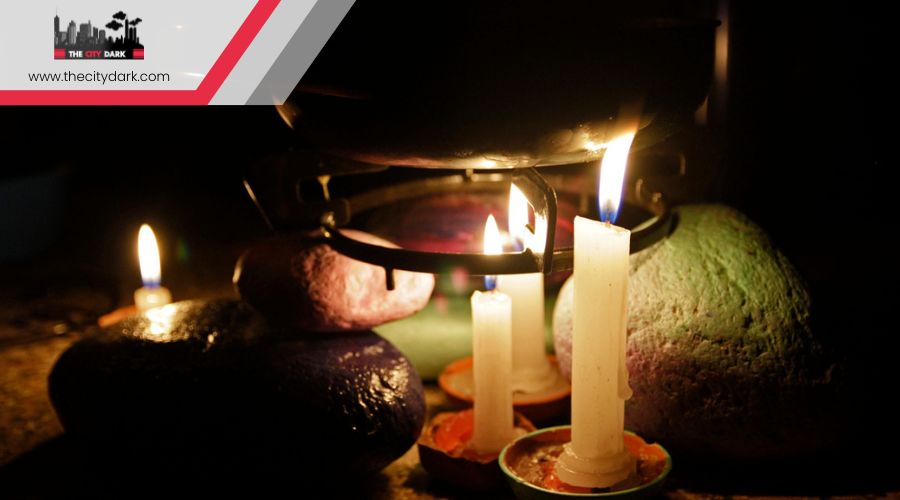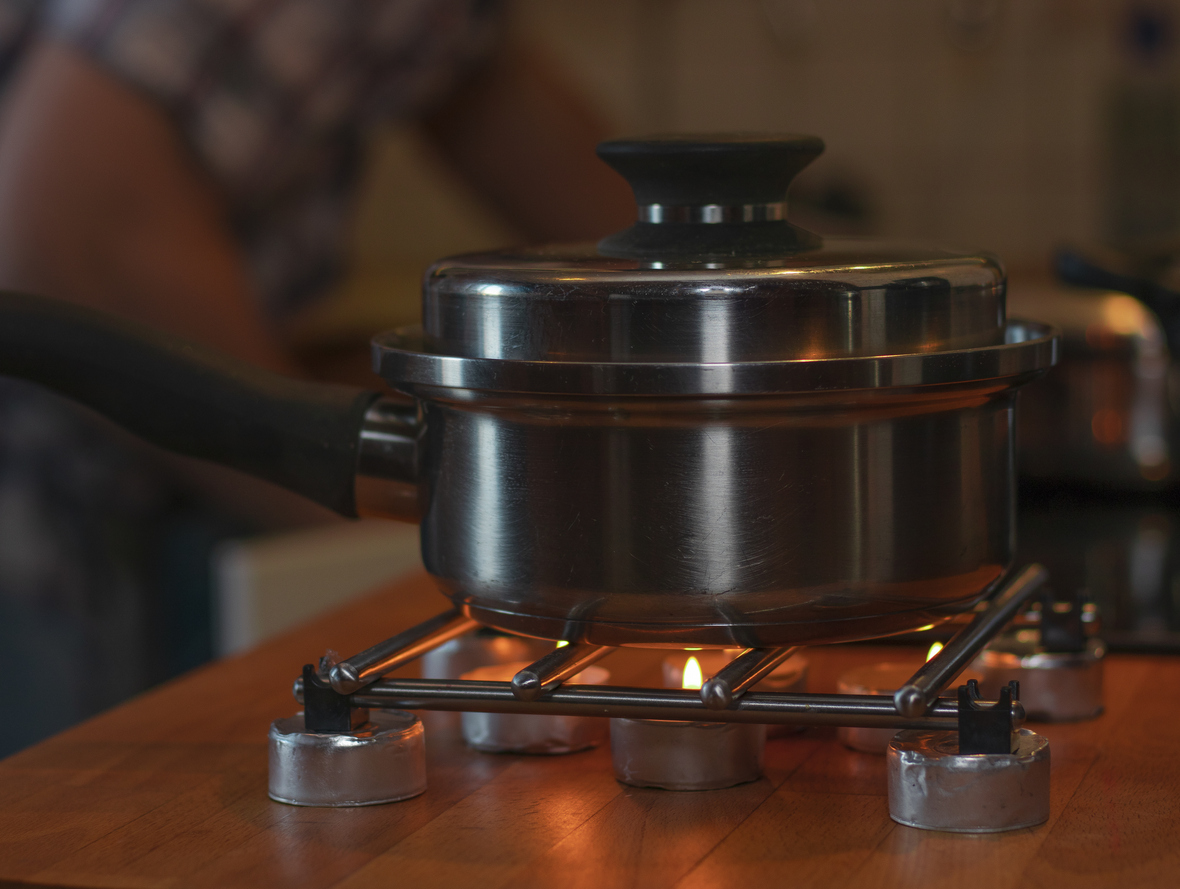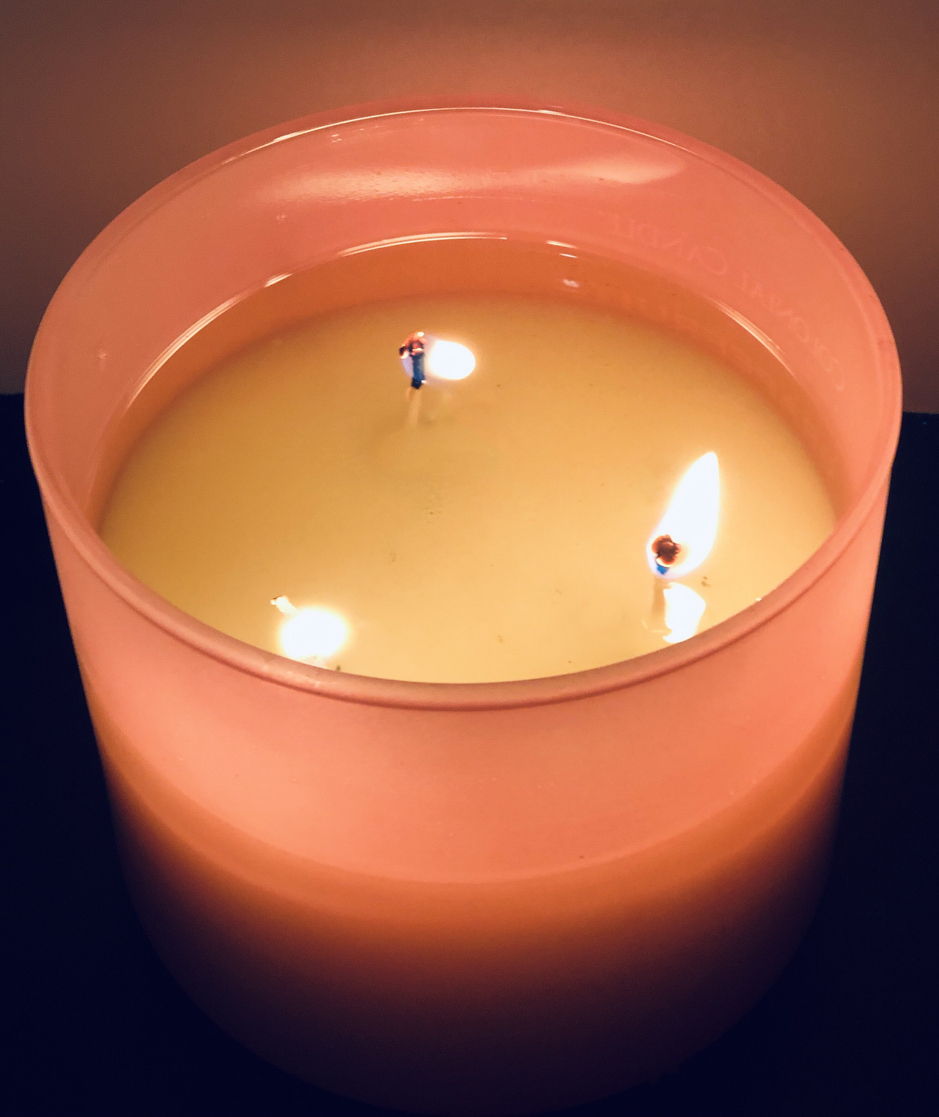When life throws you into the dark, candles might just be the light at the end of the tunnel for more than just illumination. You’ve probably never thought of candles as a cooking tool, but in emergencies, they can become a surprisingly effective way to heat up a meal or even boil water.
It’s not as straightforward as turning on your kitchen stove, and there are a few caveats you need to be aware of to do it safely and efficiently. From selecting the right type of candle to understanding the best foods to cook, you’ll find that a little knowledge goes a long way in making the most out of this unconventional cooking method.
Before you find yourself in a pinch, let’s explore how you can turn a simple candle into a makeshift stove, ensuring you’re prepared to keep hunger at bay when the unexpected happens.
Key Takeaways
- Candles can be used as a stable heat source for cooking in emergencies.
- It is important to follow safety precautions to prevent accidents and hazards.
- Canned soups, spaghetti, ravioli, and chili con carne are suitable foods for cooking over a candle flame.
- DIY candle stoves can be created using a three-wick candle and stove top, but caution must be taken with ventilation and monitoring the candle.
Candle Cooking Basics
When you’re faced with a power outage, knowing the basics of cooking with candles can turn a stressful situation into a manageable one. It’s all about leveraging stored energy in an emergency situation. Candles, while not as powerful as traditional stoves, can be an invaluable resource when you’ve got no other options.
First off, you’ll need to ensure you’ve got the right type of candles. Long-burning, unscented ones are your best bet. They’re designed to last longer, providing a more stable heat source for cooking.
You’ll also need a metal can or a small pot, which will serve as your cooking vessel. Place the can or pot directly above the candle, using a makeshift stand if necessary to ensure stability and safety.
Safety Precautions
Before lighting your cooking candle, it’s crucial to ensure you’re taking necessary safety precautions to avoid accidents and hazards. First off, make sure you’ve got a metal pan lid on hand. This isn’t just for cooking; it’s your go-to method for extinguishing the candle safely. You don’t want to be blowing on flames in an emergency, as this can spread fire.
Adequate ventilation is a must. Cooking candles can produce dangerous fumes and smoke, so keep the area well-ventilated to prevent buildup and ensure you’re breathing clean air. Also, be mindful of where you’re setting up your cooking station. Make sure it’s away from anything flammable. A sudden flare-up can turn dangerous if it catches onto nearby materials.
Moreover, always burn your cooking candle on a heatproof surface. Kitchen counters can be more vulnerable than you think, and the last thing you need is accidental fire damage during an emergency. And remember, following fire safety precautions isn’t optional; it’s necessary. It ensures that your temporary cooking solution doesn’t turn into a permanent problem.
Stay safe and prepared by prioritizing these safety measures.
Suitable Foods and Recipes
Having covered the essential safety precautions, let’s explore the types of foods and recipes that are best suited for cooking with candles. When you’re in a pinch, certain foods lend themselves well to the gentle heat provided by a candle, especially when a wick in the hole of a homemade cooking candle offers a concentrated flame. Remember, longer cooking times are a given with this method, so patience is key.
Suitable foods and recipes include:
- Canned Soups: Easily warmed over a candle flame, these are a go-to for their convenience and variety.
- Spaghetti and Ravioli: Both can be heated up using the three-wick candle cooking method, ensuring a more distributed heat.
- Chili Con Carne: Its thicker consistency makes it ideal for slow cooking without worrying about it drying out too quickly.
These options not only provide a hearty meal but also ensure that you’re utilizing the candle’s heat efficiently. Whether you’re crafting a cooking candle from a tuna can, corrugated cardboard, and wax, or simply using candles you have on hand, these foods are your best bet for a warm meal during an emergency.
DIY Candle Stoves
You can create an effective emergency cooking solution by assembling a DIY candle stove with a three-wick candle and a simple stove top. This setup is perfect for heating canned foods like spaghetti, ravioli, and soup. Although it’s not ideal for frying, you’ll find it’s a handy way to warm meals when other options aren’t available.
Using a three-wick candle, especially larger ones, ensures a more substantial flame, making it somewhat quicker to heat food. However, remember that boiling water with the heat from a candle is burning takes patience. It’s a slow process but in emergencies, it can make water safe to drink.
To enhance the efficiency of your DIY stove, consider wrapping the outside of your cooking pan with radiant barrier material. This addition helps focus the heat upwards, potentially speeding up the boiling process. Don’t forget the safety measures: always monitor the candle when it’s burning, ensure there’s adequate ventilation, and be mindful about adding or replacing wicks.
Lastly, while a tea light can serve in a pinch, its smaller flame makes it less suitable for cooking than a three-wick candle. Keep these tips in mind, and you’ll be better prepared for emergency cooking situations.
Maximizing Heat Efficiency
To maximize heat efficiency when cooking with candles in emergencies, consider elevating your cooking pot with a wire rack or bricks. This simple adjustment allows heat to spread more evenly, crucial during a power outage when resources are limited.
Additionally, incorporating specific strategies can significantly enhance your cooking experience under these conditions.
- Use a Radiant Barrier: Wrapping the outside of your cooking pot in a radiant barrier material can intensify the boiling process. This method improves heat efficiency by reflecting heat back towards the pot, speeding up cooking times.
- Cover with a Lid: Placing a lid on your pot helps retain and distribute heat more effectively. It’s an effortless way to ensure you’re maximizing heat efficiency, making the most out of the limited heat source candles provide.
- Optimize Flame Height and Reflective Surfaces: Adjusting the candle flames closer to the pot optimizes heat transfer. Furthermore, placing a reflective surface underneath your setup prevents heat from escaping upward, ensuring more heat is absorbed by the pot.
Conclusion
In conclusion, you’ve learned that in a pinch, candles can indeed be a makeshift kitchen for cooking simple meals. Always prioritize safety, ensuring good ventilation and keeping flammable materials at bay. Stick to suitable foods like canned goods and straightforward recipes. Consider crafting a DIY candle stove to boost heat efficiency.
While it’s not the ideal cooking method, mastering this skill can be incredibly useful during emergencies. Remember, it’s about making do with what you’ve got.



